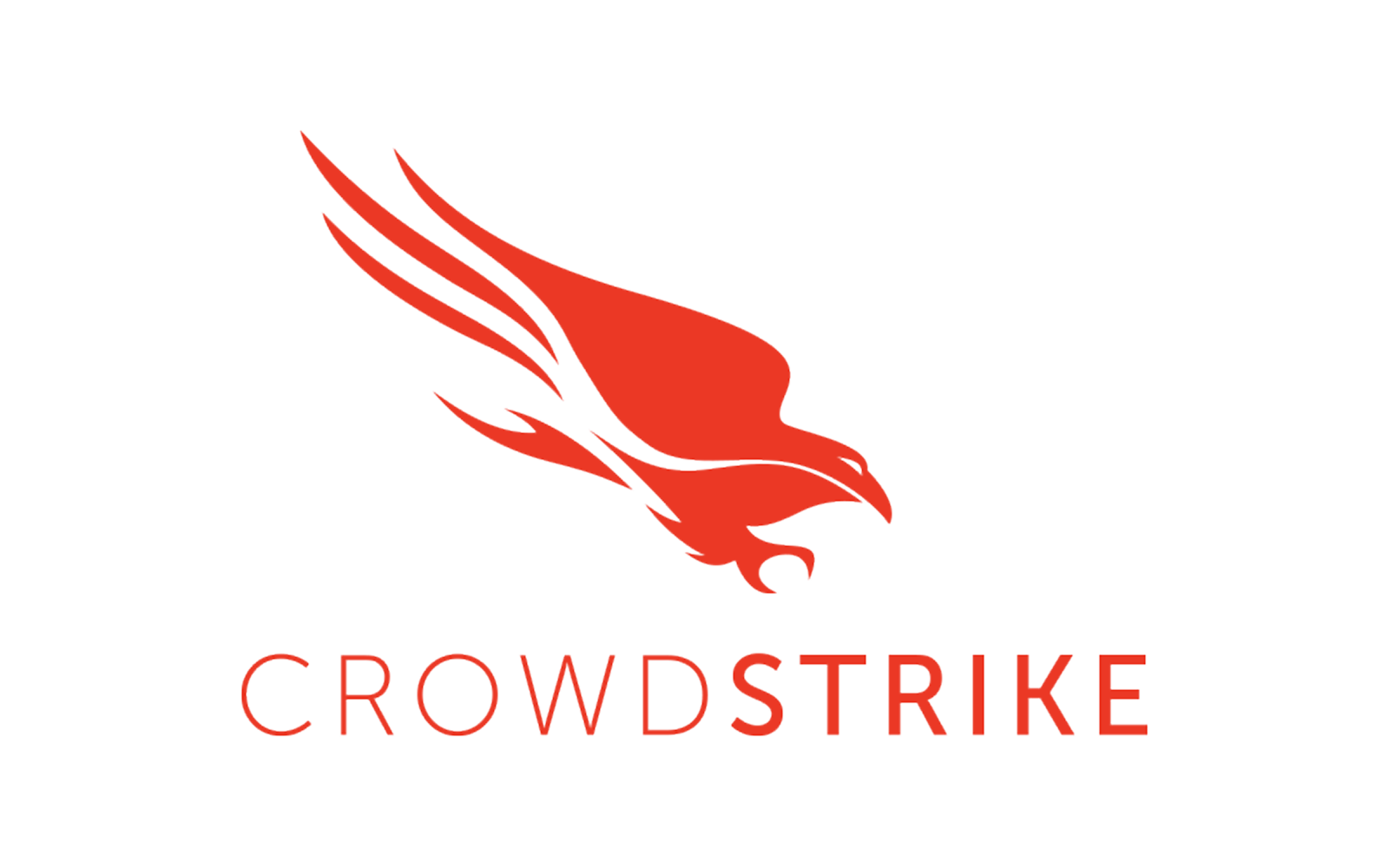
Situation: The Burden of Legacy Disaster Recovery Models
A leading manufacturer in the furniture industry faced a growing challenge: their disaster recovery (DR) solution, built on aging infrastructure, was both costly and rigid. Their production workloads ran on an IBM Power9 system, and for years, they had relied on a third-party DR provider. However, this solution—originally designed for an era when manual processes were the norm—had become a major pain point.
The company had to schedule DR tests with their provider, and the process was cumbersome, inflexible, and left them feeling uncertain about their ability to recover from a disaster. Worse, the cost of this outdated DR service was staggering. The organization found itself paying a premium for a solution that no longer met their needs, locking them into an expensive and inefficient model.
This is not just a story about disaster recovery. It is about the technological disruption currently reshaping the industry. The shift from manually managed, high-cost DR solutions to automated, cloud-based environments is transforming the landscape. And this company had reached a crossroads: either continue with their outdated, costly approach or embrace a modern, more efficient alternative.
Action: A Rigorous, Value-Driven Cloud Transition
When they engaged with us, our approach was comprehensive and disciplined. Rather than simply offering a direct replacement for their existing DR system, we conducted a deep discovery process to understand their long-term IT strategy. This included evaluating workloads, dependencies, and business objectives.
We architected a cloud-based DR solution using FalconStor and IBM Cloud Object Storage to take backups that were previously being sent to their legacy provider. Instead of an expensive, static DR site, we provided a cost-efficient, scalable cloud environment. The solution included a small IBM i instance in the cloud, which could be quickly scaled up to a full production environment in case of a disaster.
But this was just the beginning.
During our technical and business discovery sessions, we identified an even greater opportunity. The company’s entire data center footprint was shrinking, with all but their core IBM Power workloads already migrated to the cloud. Their IBM Power9 system was the last remaining piece of infrastructure on-premises. As we worked together, we provided them with budgetary estimates that demonstrated a game-changing realization:
A full cloud production and DR environment would be cheaper than their existing DR-only contract.
Thanks to our experience from over 40 similar projects in the last two years, we were able to provide these estimates within 48 hours, giving the company a fast and clear picture of the value they could unlock.
Business Outcome: A Fully Digital, Cost-Effective Future
This engagement led to a fundamental shift in the company’s IT strategy. Instead of simply replacing one DR system with another, they are now on a path to fully exit their data center. Their IBM Power workloads will transition to a fully cloud-based environment, including both production and DR, at a lower cost than their previous DR contract alone.
This story highlights more than just cost savings—it illustrates the power of technological disruption. The old model of manually managed, expensive DR solutions is being replaced by fully digital, automated cloud environments. Companies that embrace this shift are seeing not only financial benefits but also greater agility, reliability, and security.
By leveraging our structured approach—technical due diligence, deep discovery, and rapid budgetary analysis—this manufacturer is now moving toward a future where their infrastructure is fully modernized, removing unnecessary costs and operational burdens while enhancing their ability to respond to business challenges.
Their journey serves as a powerful example for IT directors: in an era of cloud-driven transformation, rethinking disaster recovery isn’t just about resilience—it’s about unlocking new levels of efficiency, flexibility, and cost savings.
Related articles that might interest you:








.png)


-1.png)

-1.png)


.png)